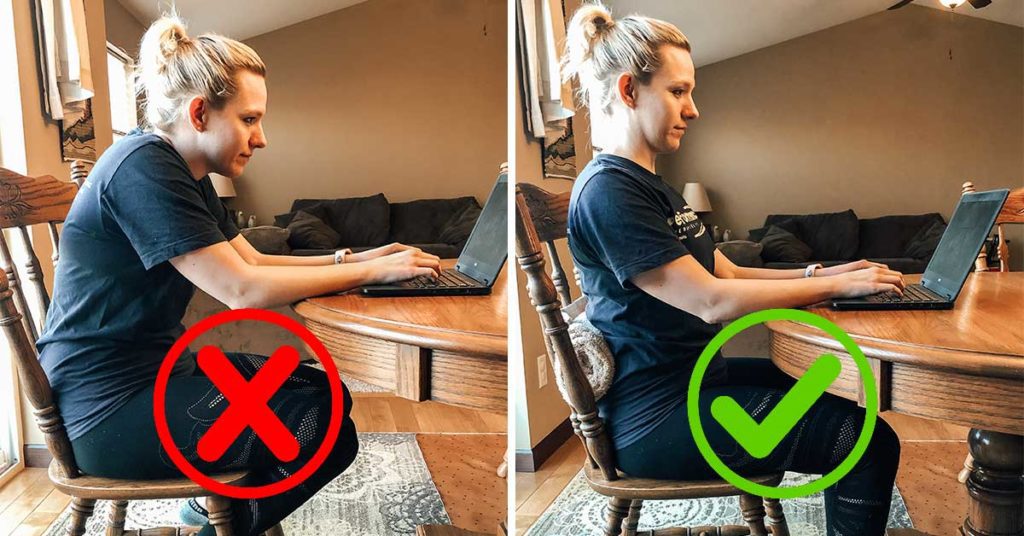
When your low back is hurting, sitting can be a rough proposition. This is because sitting puts a lot of pressure on your low back. Sitting incorrectly can make work or other tasks that require long periods of sitting a very painful experience. In this blog, I want to introduce some simple tips to greatly reduce your pain from sitting.
The bottom of your pelvis has two thickened pieces of bone that are designed to support your weight. These are called the ischial tuberosities or more commonly referred to as our "sit bones". The picture below shows these bones.
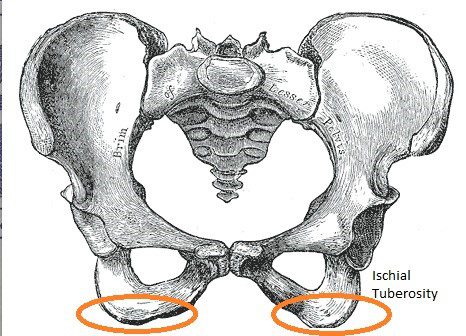
The problem is many of us don't actually sit on our sit bones: Instead, we sit on our tailbones. Doing that puts a lot of pressure on our low back and can be a big contributor to pain when sitting and after sitting. When you slouch while sitting, you're shifting the weight off of your sit bones and back to your tailbone.
If you have low back pain when sitting, pay attention to that! Make sure to rearrange yourself. Sit up tall and find that neutral sitting position that makes you feel like your weight is resting on your sit bones. The picture below shows the right way to sit and the wrong way.
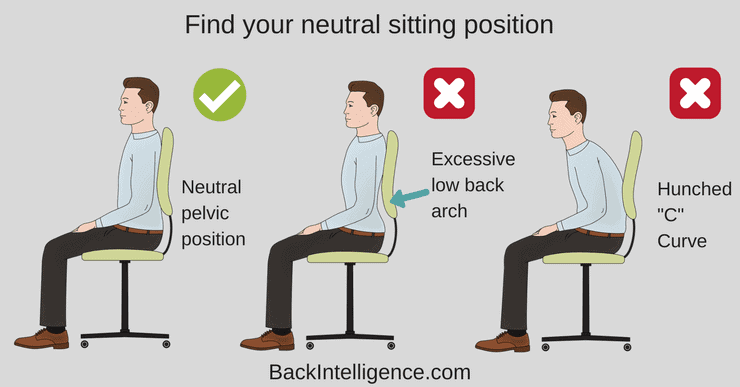
In order to find this important neutral position, sit in your chair, slouch and let your pelvis roll backwards, then roll your pelvis the opposite way by excessively arching your back. These are the two extremes. Then find the middle point between these two positions and that is your neutral. Sitting in neutral will greatly reduce low back pain.
The discs in your low back are under different amounts of pressure throughout the day. Some positions put minimal amounts of pressure on your discs and some put a lot of pressure on your discs.
We all have to sit at some point in our lives. Some jobs require a lot of sitting. We can't avoid sitting. But we can break it up.
Research has found that taking breaks from sitting can reduce pain from sitting. That same research has found that it's the quantity of breaks that makes the most difference - not the length of the breaks. So its better to take a 10-second break every hour than to take a 30-minute break every three hours.
I recommend taking a break every 50 minutes. This break can be 10 seconds or 5 minutes.
The bones of your low back have three joints with every bone above and below them.
When your low back is leaned forward, such as when you slouch, the weight is shifted forward so that your disc joints bear most of the load.
When your low back is hurting, putting most of the weight on your discs is not a good idea.
When you instead have a backwards curve in your low back, the weight is shifted backwards towards the facet joints. Creating that backwards curve as you sit can greatly reduce the pain in your low back. The picture below shows these joints.

Lumbar supports are devices used to help shift the weight more towards the facet joints so the discs are not bearing all the weight. If sitting upright and taking sitting breaks still leaves you with lots of low back pain when sitting, then you need to try adding a lumbar support.
I recommend what's called a lumbar roll. The picture below shows one of these devices. The device can be strapped to any seat, so you can take it with you from your work chair to your car and to your couch at home. The picture below shows a lumbar roll.
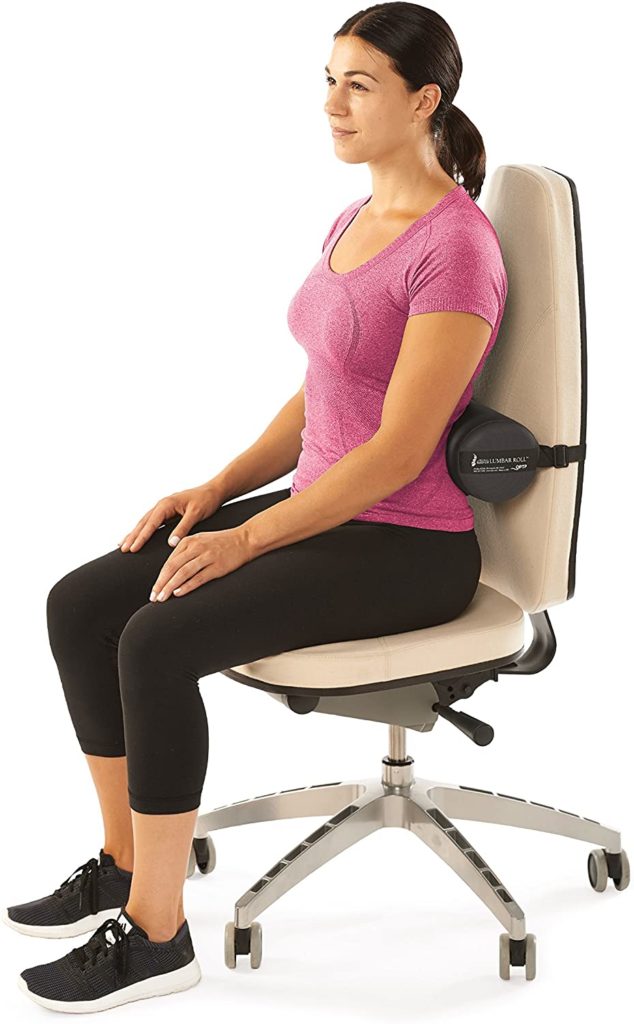
You want to make sure you place it correctly for it to be most effective. The video below shows how to position it on your back to get the best results.
If posture correction and breaks are not enough for you, try a lumbar roll. Make sure you use it every time you sit for 3-4 weeks and you should notice a significant decrease in your low back pain when sitting.
So there you have it. 3 simple tips that will make a big difference in your low back pain when sitting.
If you want some help to make that back pain a thing of the past, come see me at Movement Laboratory at 92nd & Sheridan. Most of our low back pain patients get 80-100% improvement in their pain in just 3 weeks!
If that sounds good to you, give us a call at 918-300-4084.

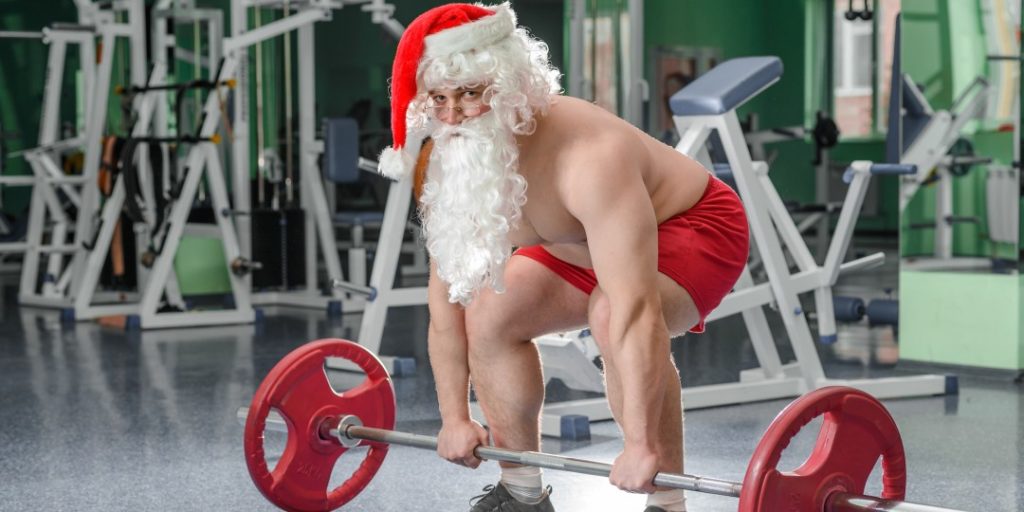
Lifting ... It's the most common cause of low back injury. And low back pain is the most common cause of disability in the United States. So it's really important that you lift correctly!
There are lots of sayings like, "Lift with your knees, not with your back," - and they are mostly right. But the one that I like the most is the title of this blog! "Lift with your butt, not with your back."
Did you know that your butt muscle, the gluteus maximus, is the largest muscle in your body?! It was made, in part, for lifting heavy things. In contrast, your low back muscles are actually pretty small in comparison. Clearly, our bodies were designed to lift heavy things using our butts.
In this blog, I'm going to go over 3 tips to make sure you're lifting with your butt and not your back.
The general rule of thumb in lifting is this:
Whatever body part you bend to get down to pick up the weight is used to lift it up.
So the key to sparing your spine when you're lifting is to just not bend it in the first place.
There are three basic movement patterns that we use to lift things from the floor, whether in daily life or at the gym. These movement patterns are the squat, the lunge, and the hip hinge.
Doing these movements correctly involves maintaining a neutral spine. While the hips and knees bend, the spine stays neutral and tall. Below, you will find videos demonstrating the proper body alignment when doing these three movements.
The main muscle groups that we want to use when we're bending and lifting are on the back side of the body. In order to load these muscles and make sure that they are the dominant ones used when lifting something heavy, you have to make sure that your body does what's called a posterior weight shift.
This means that your center of gravity shifts backwards in order to stretch the muscles on the back side of the body so that they can then be used to lift whatever you're lifting.
To do this, you want to make sure that you feel the weight of your body in your heels and not up at the balls of your feet. Watch the video below to find out how to get your weight in your heels.
Many of us over-rely on our back muscles when lifting. At the top of a lifting motion, you want to feel a strong abdominal contraction and butt muscle contraction. This means your hips are doing the lifting. If you bend over to lift something, and as you raise back up, you feel a strong contraction in your low back muscles, this means you are not using your hips.
You want to focus on using the hip muscles to do the lifting. The video below shows how to do this.
So there you have it. We will all be lifting presents, kids, decorations, etc. in the next few weeks. If you want to make it through without hurting your low back:
"Lift with your butt - not with your back!"
If you read this too late and you are already hurting, give us a call at Movement Laboratory at 918-300-4084. Schedule an appointment today to get out of pain fast!

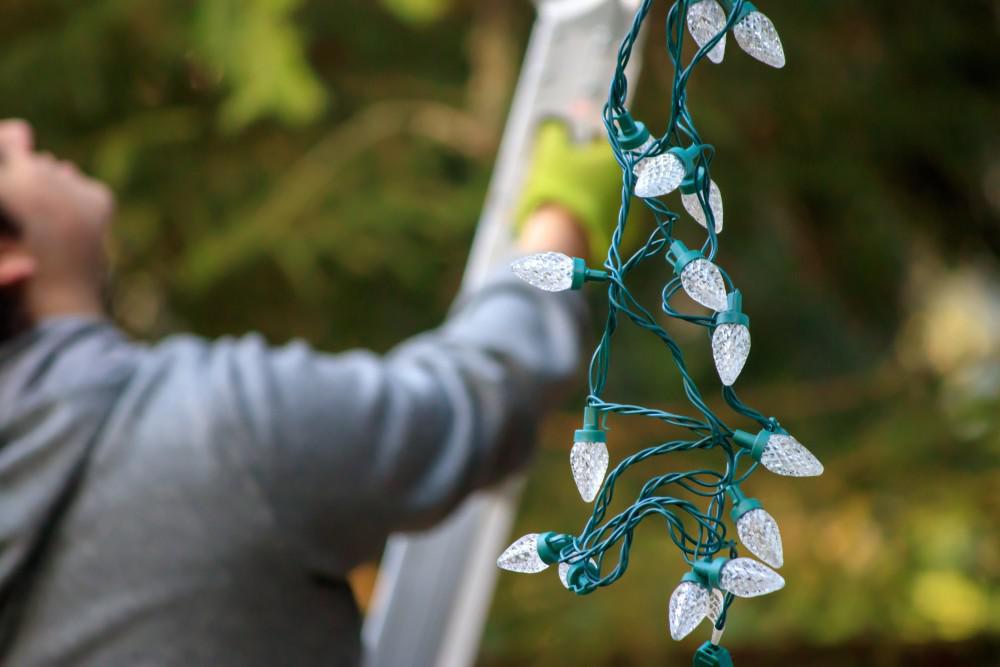
The holidays can be an amazing time. We often get to see family, we make time to get together with others and share our lives, and we get to share gifts with those we love. However, the holidays can also be a difficult time when we're in pain. If pain prevents us from participating in the holiday festivities, that can make us feel distant from those around us.
It's a tough thing to not be able to join in with the family and share those holiday activities. Low back pain is often one of the most common issues that people deal with during the holidays, and it can prevent us from being able to jump right in and share in the making of memories.
This season may require a lot of work. There's putting up those lights and decorating the front of the house, decorating the inside of the house, preparing the meal, wrapping gifts, and many other manual tasks. They can provide a lot of strain to the low back. If you were already in pain, this additional activity can flare up that situation. But also, even if you were not in pain before, the work of getting ready for the holidays can make your low back hurt all by itself. But don't lose hope! I'm going to share three awesome tips with you to help you avoid low back pain during this holiday season.
Getting ready for the holidays can require lots of bending and lifting. Whether it's setting up the decorations, getting food prepared and arranged, or picking up those precious grandchildren, many of us wind up doing a bunch of bending and lifting that we may not be accustomed to doing.
Bending and lifting is a known cause of low back pain if done incorrectly. So in order to get through your holidays without a low-back flare-up, you want to pay close attention to your form when bending or lifting.
The largest muscle in our bodies is the gluteus maximus. These are your butt muscles. Right next to those muscles are your hamstrings. These are also big strong muscles. When you bend and lift anything, take care to ensure that you are relying mostly on your glutes and hamstrings to lift -- and not your back muscles.
In order to set these muscles up to do the work when bending or lifting, you have to pay attention to your posture. When you bend down to lift something up, if you bend your spine too much, you have to use the muscles in your spine in order to come back up from the bend. So instead of bending with your spine to lift something up - take care to instead bend with your hips and knees. This motion is called a hip hinge.
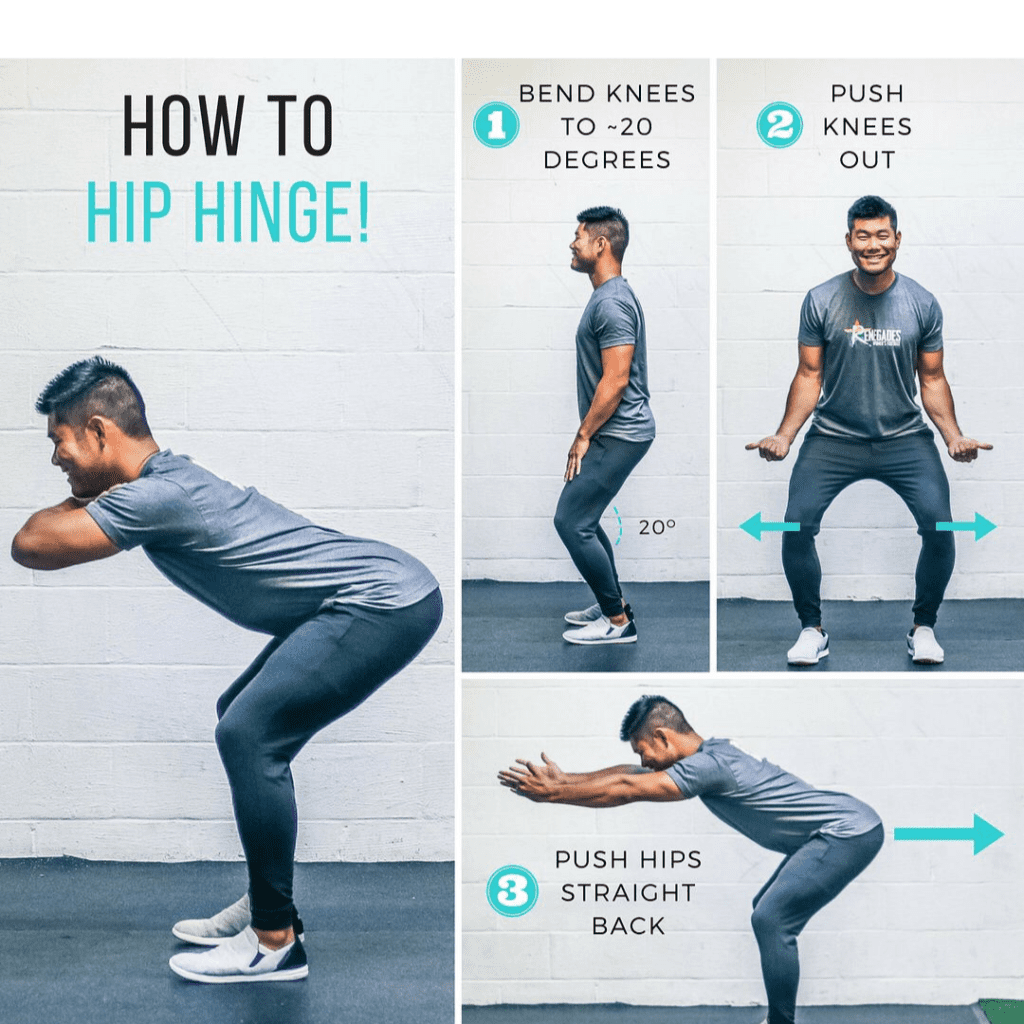
To hip hinge properly you want to keep your spine tall and long and sit back through your hips like you were looking for a chair with your back pockets. This will ensure that your hips and knees bend which will load your gluteus maximus and hamstring muscles. This will ensure that when you go to lift and stand back up that those muscles will be the ones that do the work.
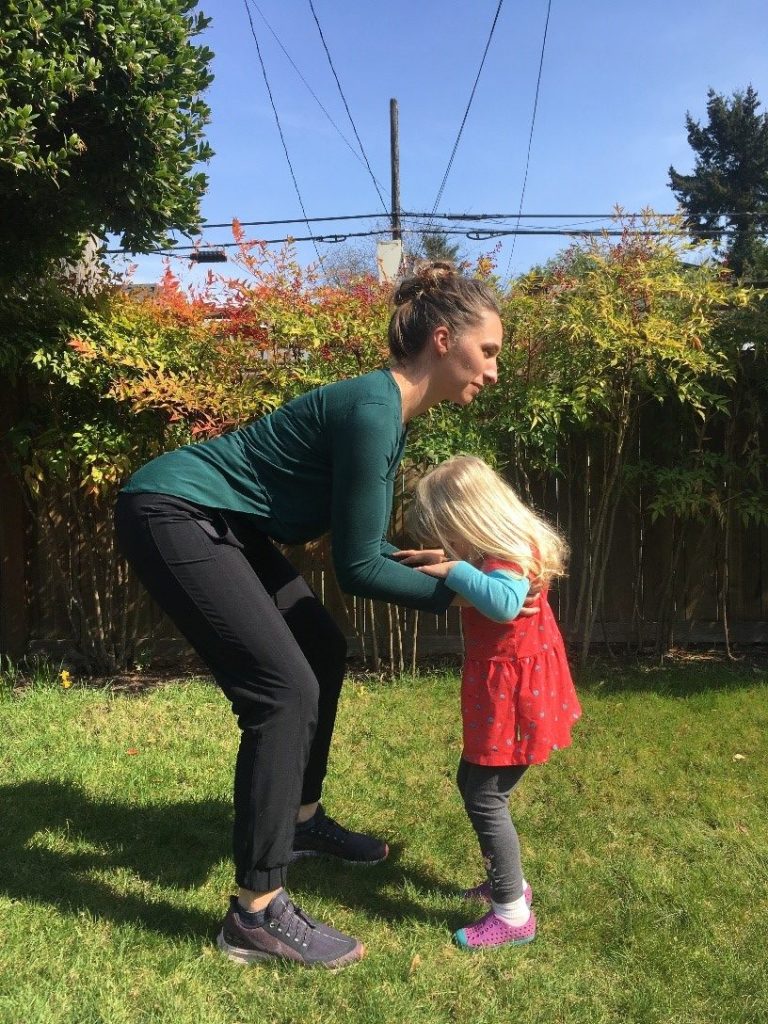
So -- every time you bend down to pick up a child during the holidays, or pick up a heavy gift, or work on some decorations, use the hip hinge in order to spare your spine during the holidays!
A large majority of the low back pain that we suffer from is in some part caused by the discs in our low back. When our discs become irritated, that leads to aching in our low back that can sometimes go down into the back of our hips and thighs. Irritated discs can cause tightness and spasm in the muscles around our low back, and sometimes - if the discs become swollen and bulge - they can press on our nerves and cause pain to run all the way down the legs.
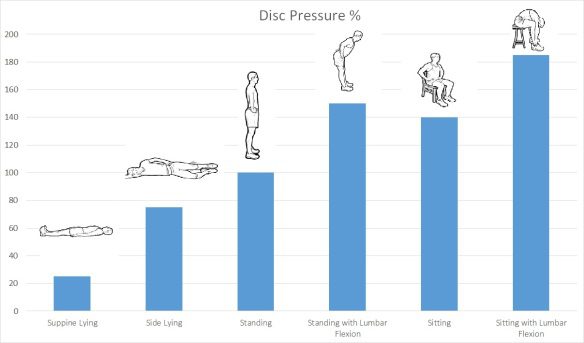
The amount of pressure that our discs experience is influenced by our postures. When we're lying down, our discs experience very low amounts of pressure. When we're standing, that pressure goes up. But the highest amount of pressure that our discs experience is when we sit. So in order to avoid low back pain during the holidays, you will want to try not to sit for long periods of time.
I recommend sitting for no longer than 50 minutes at a time. It's been shown that the frequency of your sitting breaks is more important than how long those breaks are. So set a timer in your phone if you need to and make sure every 50 minutes you stand up for at least 10 seconds.
This will make a huge difference in reducing the irritation to your low back during the holidays!
If you're already dealing with low back pain before the holidays even start, the most important tip is to be proactive. 80% of low back pain is a type of low back pain called flexion intolerant low back pain. This means that our already-injured tissues are irritated when we bend our spine forward.
This is why most of us have pain when we have to bend or lift while our low back is already hurting. But an important fact is that while bending forward will make our low back hurt worse, bending backwards actually helps to reduce the pain and reduce the other symptoms related to the low back pain and including sciatica pain.
So if you're already having pain before the holidays start, you need to do this exercise shown above.
I recommend doing sets of 10 as noted below. Per the video above, you will lie on the floor leaving your hips on the floor, and press your chest up until your elbows are straight. The keys here are to make sure that your butt muscles and your back muscles are relaxed so that your spine bends backwards as much as possible.
If you can do 10 of these every 3 to 4 hours that you're awake during the holidays, you'll find that you will greatly reduce the pain in your spine and lessen the symptoms of sciatica. Below we provide a standing version of this exercise in case it's difficult for you to get down on the floor.
So there you have it. Three tips to help you greatly reduce low back pain during the holidays.
Give them a try to ensure that you won't be left out of any holiday activities this season!
And if you need additional help with pain during the holiday season, make an appointment and come see us here at Movement Laboratory. We offer patient-centered and personally tailored plans that can help you get out of pain quickly and get back to enjoying the holidays of 2021 - and get you started off right into 2022!
Give us a call at 918-300-4084 and say goodbye to pain during the holidays!
